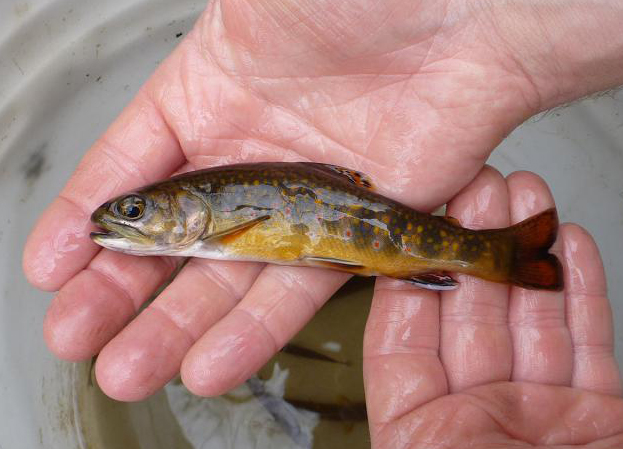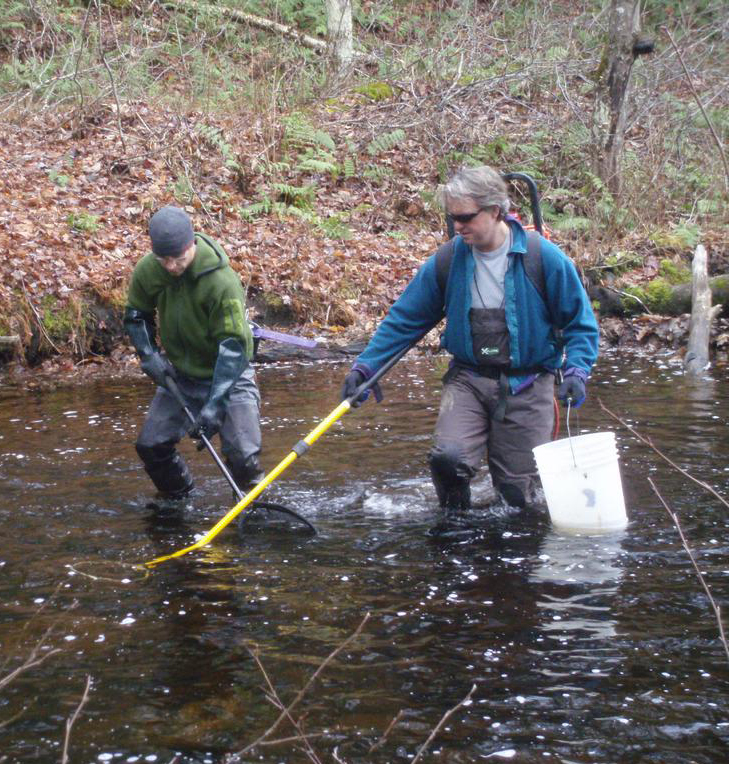A fish habitat assessment, also known as a fish impact assessment, a fisheries assessment, or an environmental impact assessment – scoped to fish, is a study that looks at how a proposed development might impact the fish habitat or fish population where the project is to occur. The study may also consider other impacts to a body of water. Clients often contact us, concerning a request from the municipality to have a fish habitat assessment completed to accompany their development application submission related to their proposed development on a shoreline property.

Provincial Policy includes consideration of adjacent lands in its protection of fish habitat. Any construction project within 120 metres of the shoreline will be considered to have a potential impact on fish or wetland habitat.
Not necessarily. RiverStone ecologists are responsible for conducting a site visit to assess the natural existing conditions of the property while considering the proposed development. The impact assessment that is written in a RiverStone report will address any identified negative impact on fish habitat to the satisfaction of the municipality and/or Fisheries and Oceans Canada. In addition to identifying and classifying the fish habitat type fronting the property, report will include recommendations around how to protect or enhance the fish habitat along the shoreline. Quite often, we can include shoreline naturalization recommendations which the municipality will incorporate into the development permit approval. A naturalization plan or revegetation plan is simply a planting plan that involves reintroducing native species of vegetation to naturalize shoreline areas. The ecological advantages of shoreline naturalization include benefits to fish populations, water quality, as well as terrestrial animals.

For in-water structures, fish habitat assessments are often requested by individual municipalities. In these instances, we consider the MNRF and DFO requirements for development (e.g. a crib footprint less than 15 square meters on the lake bed, size, and sensitivity of fish habitat). The main focus of our review would be to avoid any sensitive fish habitat to the greatest extent possible and to address construction related impacts to the development proposal. For example, if your shoreline includes large areas with aquatic vegetation and structural elements such as logs/boulders, that is often considered critical/sensitive fish habitat and we would recommend that those areas be avoided.
During site assessments, we attempt to be as non-disruptive as possible, so we generally take what is called a ‘habitat-based approach’. This approach allows us to do a background screening on the property and shoreline to collect information about the waterbody, including community and traditional knowledge. This allows us to determine what fish species have been documented within a waterbody and what type of habitat is present. As fisheries ecologists, we are educated in understanding what types of habitat certain fish use at critical parts of their life cycle; specifically spawning, nursery, and overwintering. As an example, if there are Lake Trout in the lake, that tells ecologists to look for spawning areas that include layered cobble substrates. If that habitat is not present, it is reasonable for ecologists to confirm that the shoreline fronting the property is not classified as lake trout spawning shoal Type-1 fish habitat.
When a development project is deemed critical and our habitat-based approach suggests the likelihood of fish habitat being negatively impacted, then ecologists will conduct more intensive field-specific surveys. These could include fish inventories or electrofishing and netting to generate a more specific assessment of the fish species at the location and the impact of the proposed development on fish habitat. For that type of work, we have an electrofishing boat and backpack electrofishers, as well as staff who are ROM-certified in fish identification.


